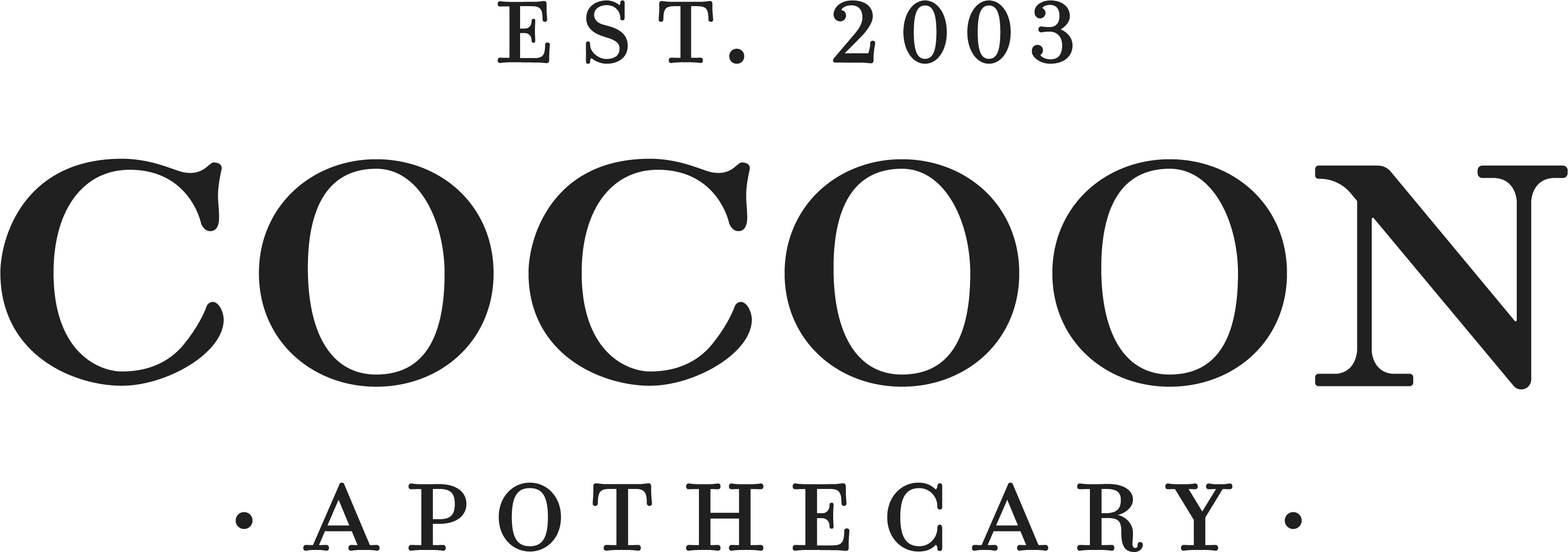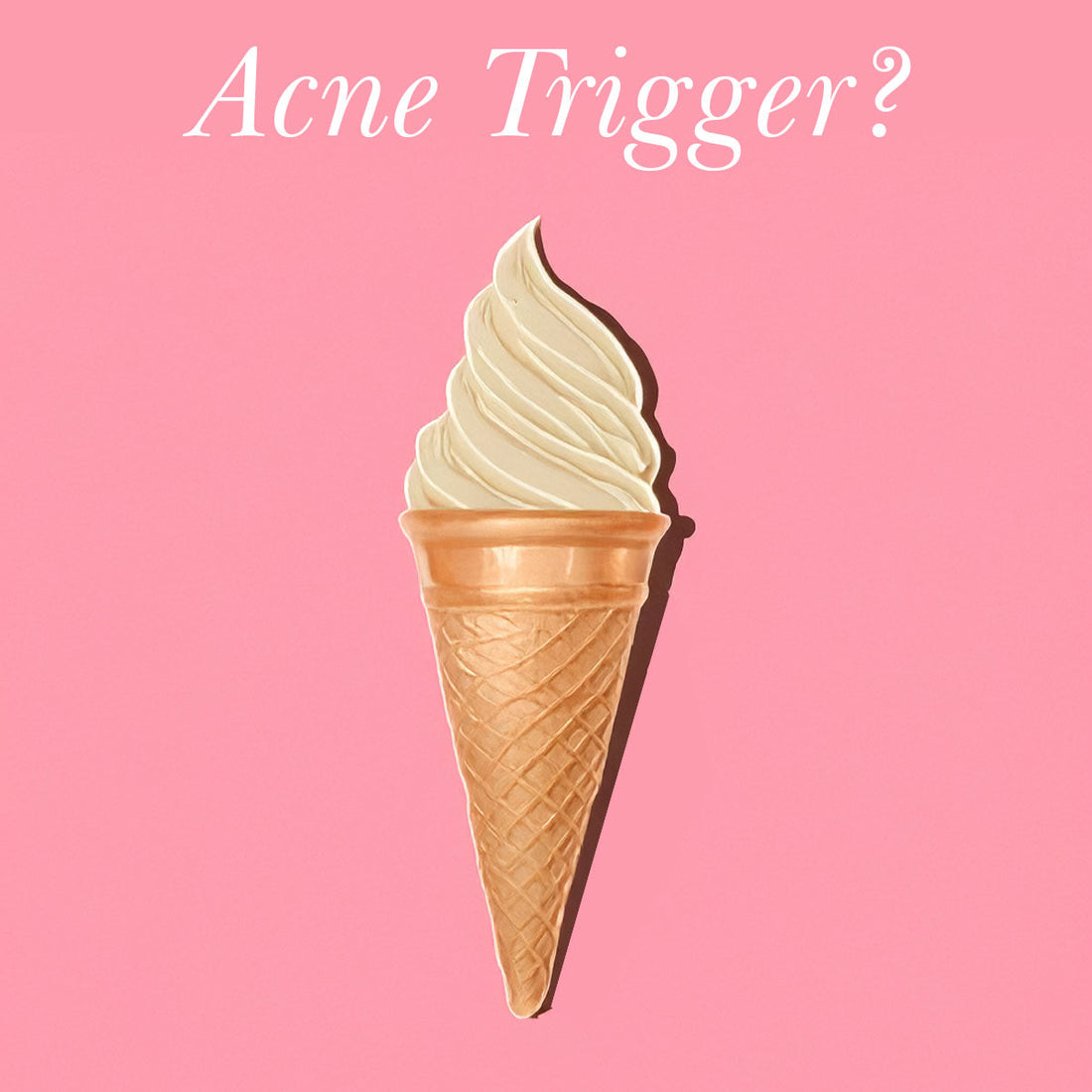If you’ve been battling breakouts despite having a solid skincare routine, the culprit might not be your cleanser or moisturizer—it could be what’s on your plate. More specifically, dairy. Research suggests a strong link between dairy consumption and acne, particularly in those who are prone to breakouts. But why does dairy have this effect on the skin, and what can you do about it?
The Science Behind the Dairy-Acne Connection
There are several ways in which dairy can contribute to acne, from hormonal imbalances to inflammation and gut health disruptions. Let’s break it down:
1. Dairy and Hormonal Havoc
Milk naturally contains hormones, even if it’s organic or free of added growth hormones. One of the key hormones found in milk is insulin-like growth factor 1 (IGF-1), which has been linked to increased sebum (oil) production. When your skin produces too much oil, it mixes with dead skin cells and bacteria, leading to clogged pores and breakouts.
A study published in the Journal of the American Academy of Dermatology found that individuals who consumed more dairy had higher levels of IGF-1 and a greater prevalence of acne. This is because IGF-1 stimulates the production of oil glands, making the skin more prone to breakouts. (Source: J Am Acad Dermatol, 2018)
Additionally, dairy products contain androgens (male hormones found in both men and women), which can further trigger excess oil production and inflammation in the skin.
2. Inflammation and Skin Irritation
Dairy is known to be inflammatory, meaning it can cause or worsen conditions that involve inflammation, including acne. Chronic inflammation in the body can manifest as persistent redness, swelling, and breakouts.
Research published in Clinical Nutrition examined the link between dairy intake and acne severity, finding that milk consumption—especially skim milk—was associated with increased acne. Skim milk, in particular, appears to be the worst offender due to its higher processing levels, which may alter the way it interacts with the body. (Source: Clin Nutr, 2020)
Dairy products can also lead to an imbalance in omega-6 to omega-3 fatty acids, which are crucial for maintaining skin health. Excessive omega-6 fatty acids contribute to inflammation, exacerbating acne and other skin conditions.
3. The Gut-Skin Connection: How Dairy Affects Digestion and Acne
Your gut health plays a huge role in the health of your skin. Many people have some degree of lactose intolerance or dairy sensitivity, which can disrupt the gut microbiome, leading to systemic inflammation that appears on the skin in the form of breakouts.
A study published in The International Journal of Molecular Sciences highlighted the gut-skin axis, noting that an imbalance in gut bacteria can lead to inflammatory skin conditions like acne, rosacea, and eczema. When dairy causes digestive distress, it can trigger an inflammatory response that results in acne and other skin issues. (Source: Int J Mol Sci, 2021)
This is especially relevant for those who experience bloating, gas, or digestive discomfort after consuming dairy. If your gut is struggling to process dairy, your skin might be suffering the consequences.
What Can You Do?
If you suspect dairy is playing a role in your breakouts, making a few dietary adjustments can help you determine whether it’s the culprit. Here’s how to get started:
1. Try a Dairy Detox
Eliminate dairy from your diet for at least four to six weeks to see if your skin improves. Since acne has a delayed reaction to dietary changes, giving it a full month or more allows enough time to notice a difference. Many people who cut out dairy report clearer, less inflamed skin within this timeframe.
2. Find Dairy-Free Alternatives
There are plenty of non-dairy options that won’t compromise your lattes, smoothies, or meals. Consider switching to:
- Almond milk – A great alternative with a mild, nutty flavor.
- Oat milk – Creamy and naturally sweet, making it perfect for coffee.
- Coconut milk – Works well in cooking and has a rich texture.
- Cashew milk – Smooth and mild, great for lattes and baking.
If you love cheese, look for nut-based cheeses or nutritional yeast for a cheesy flavor without the dairy.
3. Focus on Skin-Loving Foods
Swap out dairy for anti-inflammatory, skin-friendly foods that promote a clear complexion, such as:
- Leafy greens (spinach, kale, arugula) – Rich in antioxidants that combat inflammation.
- Avocados – Packed with healthy fats and vitamin E for skin hydration.
- Berries (blueberries, raspberries, strawberries) – High in antioxidants to protect against skin damage.
- Nuts and seeds (walnuts, chia seeds, flaxseeds) – Provide omega-3 fatty acids to reduce inflammation.
Does This Mean You Have to Give Up Dairy Forever?
Not necessarily! Some people tolerate small amounts of dairy without any skin issues, while others are more sensitive. The best approach is to experiment—try cutting it out for a while, then gradually reintroduce it and observe how your skin reacts.
If dairy is a major acne trigger for you, consider keeping it to a minimum or opting for fermented dairy options like yogurt or kefir, which contain probiotics that may help support gut health.
The Bottom Line
Dairy may not be the cause of acne for everyone, but for many, it plays a significant role. If you’ve tried every skincare product under the sun without success, making dietary adjustments—starting with dairy—could be the missing piece of the puzzle.
Have you noticed a difference in your skin after cutting out dairy? Share your experience!

